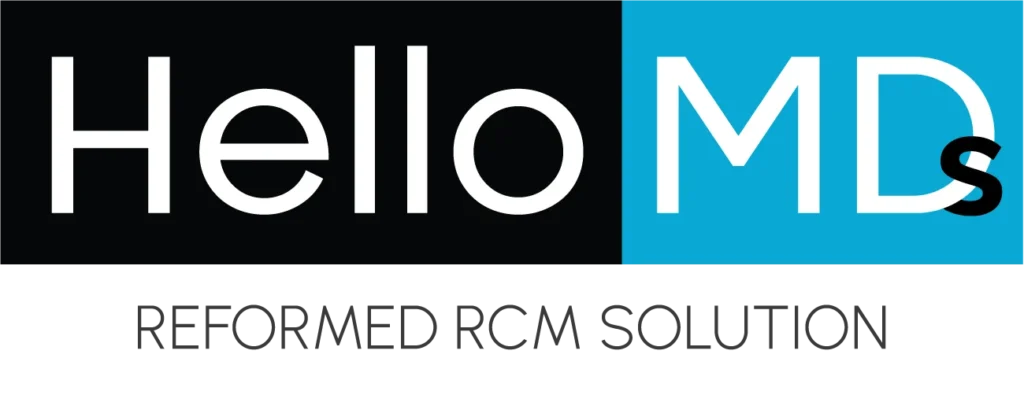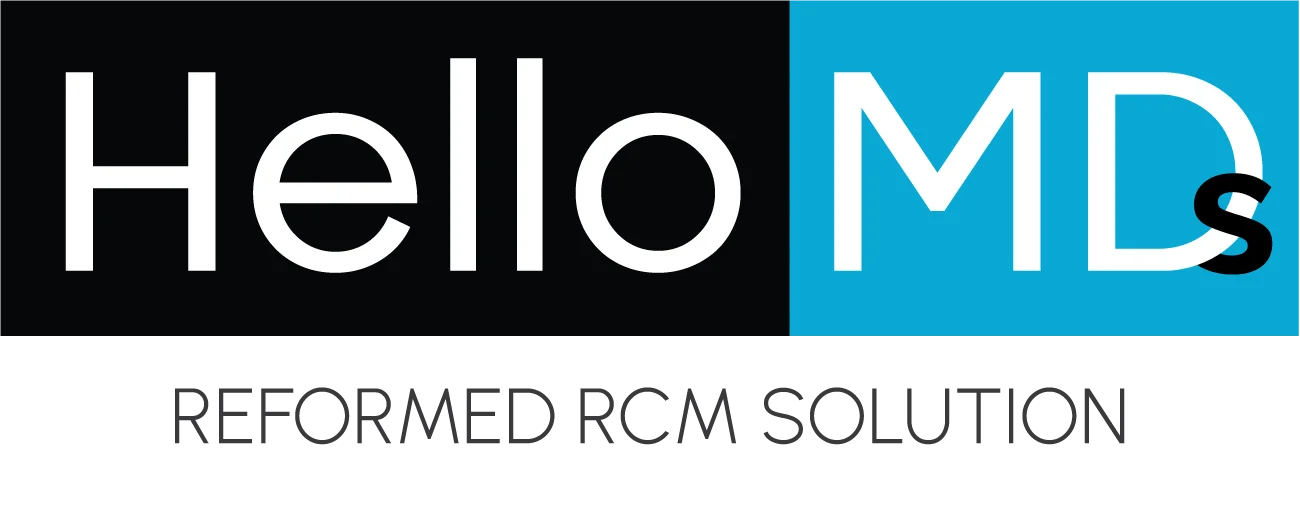CPT code 96372 is used to describe the therapeutic, prophylactic, or diagnostic injection administration of drugs. It refers to the general term known as “injection administration.” Injection administration is an important procedure that is involved in the delivery of many medical treatments. The code is one of the American Medical Association’s (AMA) more widely used CPT codes, maintained and developed into a comprehensive, standardized system. It represents medical procedures, services, or equipment across any healthcare provider.
In this post, we shall break down all the key details of CPT code 96372, which includes its application and how this code fits in the larger scale of healthcare practice.
What is CPT code 96372?
CPT Code 96372: “Therapeutic, prophylactic, or diagnostic injection (specify substance or drug); subcutaneous or intramuscular.” This injection provides a single usage when administered under the skin using a subcutaneous injection, or intramuscularly inserted into the muscle. It would be a perfect fit when an expert in medicine uses a drug, vaccine, or any substance for therapy or to diagnose some disease.
Important Characteristics of CPT Code 96372
Understanding the Context and Common Uses of CPT Code 96372
1. Therapeutic Injections
Therapeutic injections are meant to treat or manage a medical condition. A few examples of therapeutic uses include:
2. Prophylactic Injections
Prophylactic injections prevent a disease or condition from happening. Examples include:
3. Diagnostic Injections
A diagnostic injection is administered for diagnosis. Such an injection is applied in cases where a contrast agent is introduced into the body prior to radiographic imaging. A diagnostic injection facilitates visualization of regions in the body that should be explored in detail.
How to use CPT Code 96372 correctly
All these requirements have to be met before healthcare professionals can use the CPT code 96372 appropriately.
Billing and Reimbursement Considerations
The CPT code 96372 also has to do with billing and reimbursement. The practitioner must ensure that it is billed properly.
Challenges and Considerations
While CPT code 96372 is quite essential for tracking injection-based treatments, a few issues need to be taken into consideration in advance.
How Hello MDs Makes CPT Code 96372 Easy
Hello MDs has made the determination of the CPT code 96372 easy through a user-friendly platform which has assisted healthcare providers in the proper documentation, coding, and billing of injection procedures. By integrating real-time verification of codes and ensuring precise documentation of drug administration, the platform reduces the risk of billing errors and improves reimbursement outcomes. Additionally, Hello MDs provides up-to-date payer-specific guidelines, helping providers stay compliant with varying insurance policies and simplifying the management of multiple injection-based treatments. This efficient system improves the general workflow of medical practice to focus more on patient care and ensure that the coding and billing are correct.
Conclusion
This code, 96372, plays a significant role in the medical billing and reimbursement world. This code allows healthcare providers to be paid for services rendered and helps in the appropriate tracking and classification of therapeutic, prophylactic, and diagnostic injections. Its proper application would require knowledge about when and how it should be applied in order to ensure proper documentation, proper reimbursement, and insurance compliance.
Knowing the ins and outs of CPT code 96372 helps healthcare providers, medical coders, and even patients with their medical service experience to move much more fluidly and effectively. Proper billing will avoid rather common pitfalls in care and help them get adequately reimbursed for that care.


